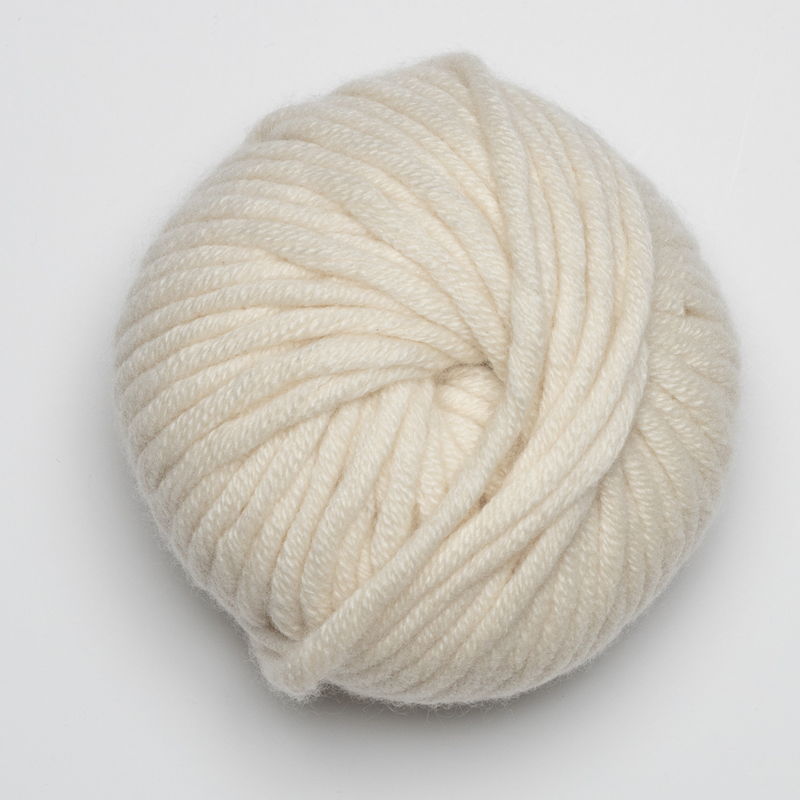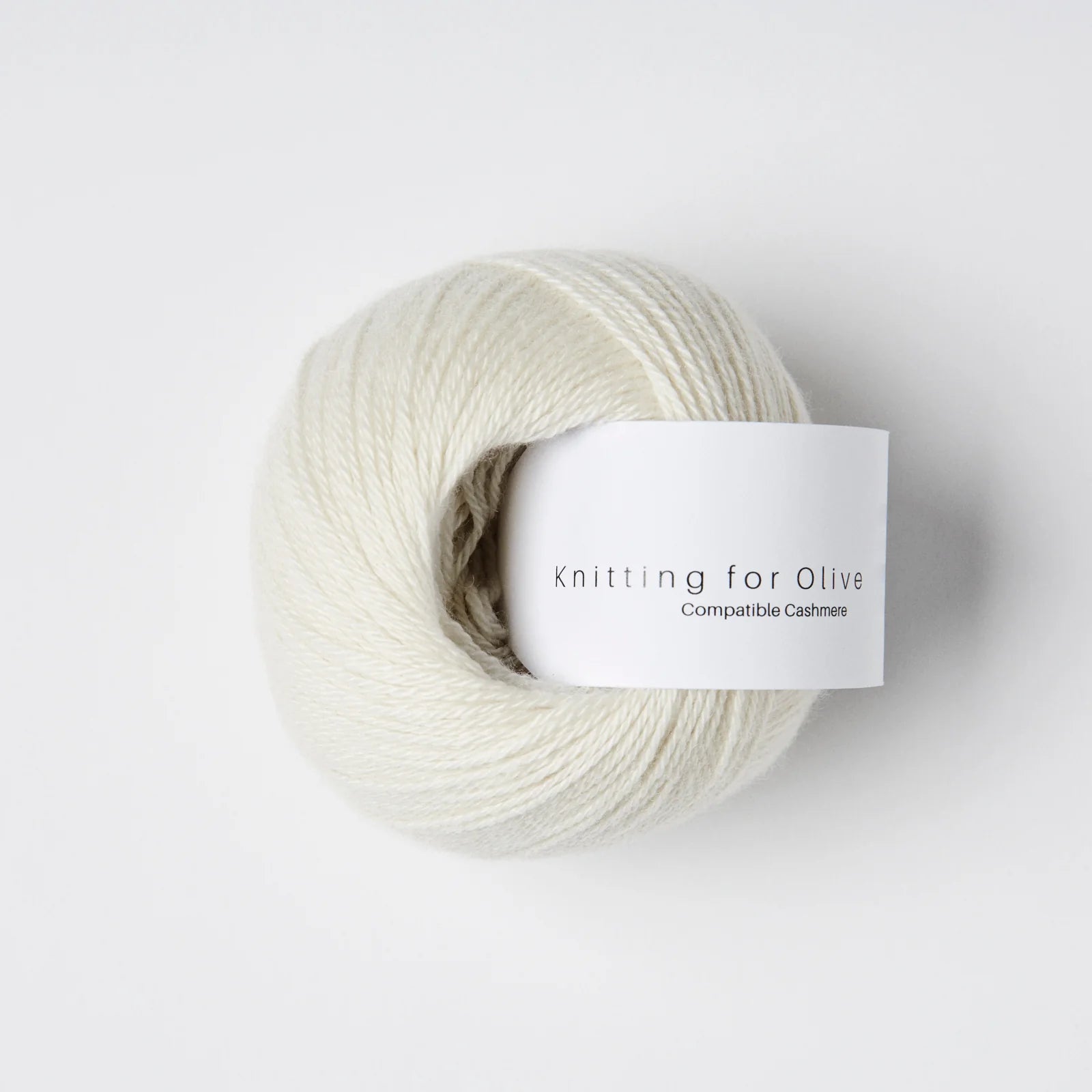What Is Cashmere? Exploring the High-Quality Material Loved by Fashion Experts
What Is Cashmere? Exploring the High-Quality Material Loved by Fashion Experts
Blog Article
Understanding the Various Types of Cashmere an All-natural Fiber and Their Distinct Benefits

The Beginnings of Cashmere: A Historical Introduction
While the elegant touch of cashmere continues to appeal modern customers, its beginnings map back to the rough, cool environments of Mongolia and the Mountain ranges. For centuries, the aboriginal individuals of these areas have actually been elevating Capra Hircus goats, the prime resource of cashmere woollen. These goats, durable against the severe winter seasons, grew a fine undercoat to endure, which later on ended up being understood as cashmere.

The Production Refine: From Goat to Garment
Shearing a Capra Hircus goat marks the creation of the complex cashmere manufacturing procedure. The resultant raw cashmere is after that washed to remove impurities such as veggie, grease, and dust issue.
The clean fiber goes through dyeing, rotating, and weaving, or knitting, to transform it into a material. Facility treatments like high quality control checks and ending up processes adhere to, making sure completion item preserves the lavish criterion anticipated of cashmere. This meticulous process, from goat to garment, justifies the high cost connected to cashmere products, making them an icon of deluxe and improvement.
The Various Sorts Of Cashmere: An In-depth Evaluation

The Distinct Benefits of Cashmere: Comfort and Sustainability
Relocating from the selection of cashmere kinds to the advantages they offer, comfort and sustainability attract attention prominently. Cashmere, a natural fiber, is renowned for its exceptional gentleness, giving a degree of convenience that artificial fibers can not match. The product's agility, yet outstanding warmth retention, makes it suitable for all periods. Moreover, cashmere's all-natural flexibility enables it to go back to its initial form, making it resistant to stretching or diminishing.
When it pertains to sustainability, cashmere is eco-friendly and eco-friendly, as it's harvested from cashmere goats who regrow their layers every year. what is cashmere. Unlike synthetic fibers which can take hundreds of years to decompose, cashmere's influence on the atmosphere is minimal. This combination of convenience and sustainability makes cashmere a valuable option for conscious consumers

Taking Care Of Your Cashmere: Upkeep and Conservation Tips
While cashmere is undoubtedly a lasting and lavish selection, it requires specific care to maintain its top quality and extend its lifespan. useful link To begin, cashmere should be hand washed making use of cold water and a mild detergent. Cashmere items should be stored in a completely dry and cool area, away from straight sunlight and wetness.
Spending in Cashmere: Recognizing Its Worth and Well Worth
Although cashmere might originally feel like a costly investment, its long-lasting value and worth become evident when you consider its remarkable top qualities. Recognized for its unrivaled softness and heat, cashmere is a costs natural fiber that exceeds other materials. Its high need and restricted supply contribute to its high price, yet its longevity guarantees it lasts for several years, providing outstanding value for cash. Cashmere pieces are timeless, often becoming antiques passed down through generations. what is cashmere. Moreover, its all-natural protecting residential properties supply warmth without the mass of synthetic fibers. Spending in cashmere, as a result, is not nearly current fashion fads, however concerning welcoming a lasting, lasting, and glamorous way of life.
Verdict
In summary, the sort of cashmere one selects, be it Mongolian, Chinese, or Italian, is dictated by individual choices for warmth, budget, luxury, and sustainability. The value of cashmere extends beyond its price, with comfort try this out and longevity adding to its worth. Correct treatment and upkeep can guarantee its conservation. For that reason, comprehending the beginnings, manufacturing procedure, and one-of-a-kind advantages of various kinds of cashmere can lead customers in their financial investment in this glamorous natural fiber.
Whether it's the extraordinary warmth of Mongolian cashmere, the price of Chinese cashmere, or the eco-conscious manufacturing of Italian cashmere, there's a story to be uncovered behind each fiber type. Cashmere, an all-natural fiber, is renowned for its unparalleled soft qualities, offering a degree of comfort that artificial fibers can not match.When it comes to sustainability, cashmere is biodegradable and eco-friendly, browse around these guys as it's collected from cashmere goats who regrow their layers yearly. Known for its unmatched gentleness and heat, cashmere is a premium natural fiber that surpasses other materials. Recognizing the origins, manufacturing process, and one-of-a-kind benefits of various types of cashmere can assist customers in their investment in this luxurious all-natural fiber.
Report this page